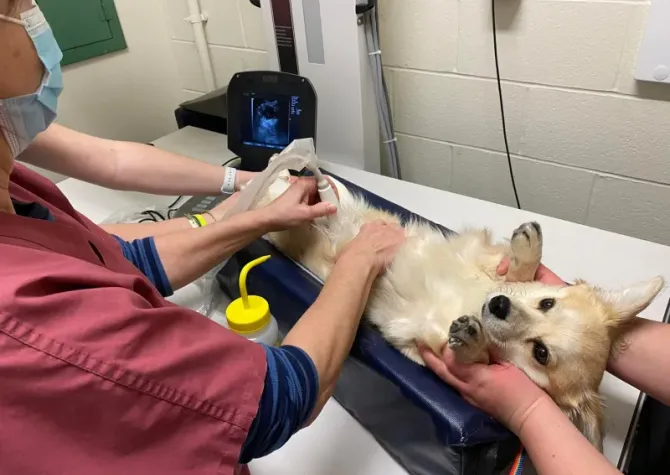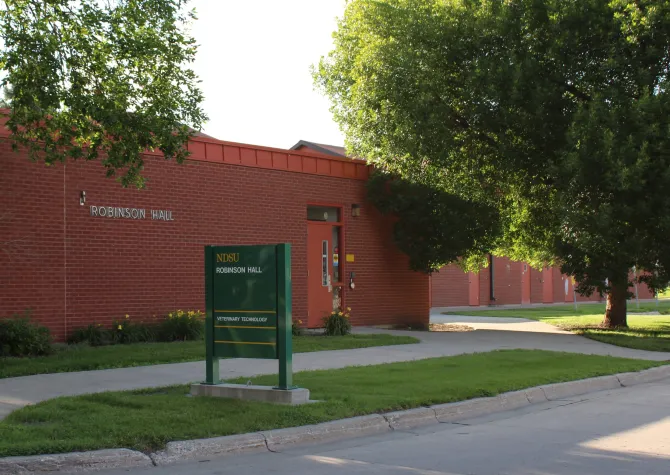Veterinary Technology Program
What is a Veterinary Technologist?
Veterinary technologists are vital members of the animal healthcare team. They work alongside veterinarians, biomedical researchers, and animal scientists to provide skilled nursing care, assist in surgery and anesthesia, perform diagnostic and laboratory procedures, and educate clients. In many ways, veterinary technologist serve as a critical link between veterinarians and animal patients, advocating for animal welfare and ensuring high standards of care.
Formal veterinary technology education programs began in the 1960s in response to the growing demands of the veterinary profession and an increasingly mobile population. By the late 1970s, states began offering licensure examinations for veterinary technicians, leading to the rapid development of accredited training programs across the United States and Canada. Today, these programs are accredited by the American Veterinary Medical Association (AVMA), ensuring consistent quality and excellence in education.
Students who complete a Bachelor of Science in Veterinary Technology are designated as Veterinary Technologists, a credential that opens doors to a wide range of career opportunities in clinical practice, research, public health, education, and industry.
High school students interested in becoming veterinary technicians are encouraged to take college preparatory courses in science, mathematics, communication, and English. In our high-tech, fast-paced world, veterinary technicians play a central role in maintaining and advancing animal care standards. Their diverse skill set, compassion, and technical expertise make them indispensable members of any veterinary or biomedical team.

Primary Professional Responsibilities
Routine areas of responsibility qualified veterinary technologists assume include:
- Administration of Medication and Vaccines
- Physical Examination and Patient History
- Diagnostic Imaging (x-ray, ultrasound)
- Client Communication and Education
- Caring for the Hospitalized Patient
- Clinical Laboratory Procedures
- Office/ Hospital Management
- Dental Prophylaxis
- Surgical Assisting
- Anesthesiology
Veterinary technologists also find work in a number of areas outside of clinical veterinary practice. A Bachelor's degree in Veterinary Technology provides additional opportunities for the veterinary technologist, including positions in teaching, industry, research, government and private business.
Our Program Mission
The Veterinary Technology Program at North Dakota State University prepares highly skilled and compassionate veterinary technologists through a combination of classroom instruction, laboratory work, and hands-on experiences. We foster a positive, team-focused learning environment within a diverse and supportive academic community.

Professional Program
Current NDSU students and transfer students can apply to the professional portion of the Veterinary Technology Program.
Click below for program information and application details.

NDSU Veterinary Technology Program Graduates in High Demand
The program is unique, just one of a few programs nationwide that offer a full four-year degree at the completion of the program.

National Licensing Exam Pass Rates
North Dakota State University Veterinary Technology Program
Veterinary Technician National Exam Facts
January 1, 2022 – January 1, 2025
(Revised 1/2025)
-Number of eligible first-time candidates: 70
-Number of first-time test takers: 64
-VTNE annual pass rate: 78.13%
*Due to a 4-year Bachelor’s degree program, number of eligible candidates may vary widely due to length of individual student educational process within our institution.